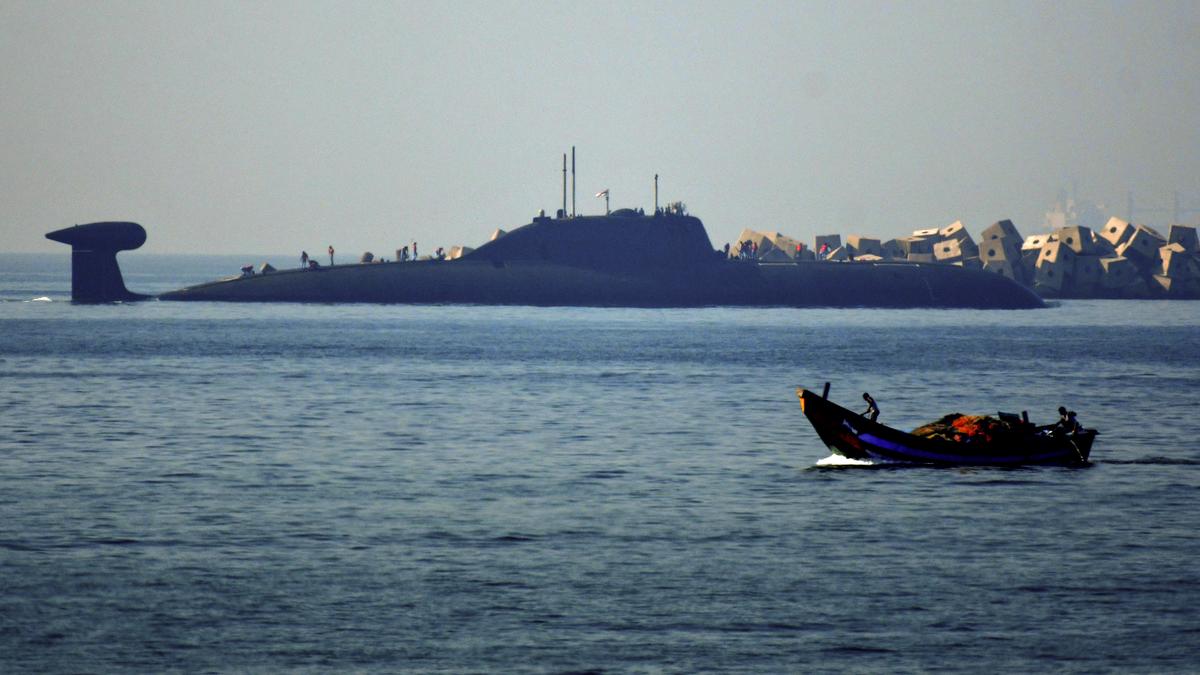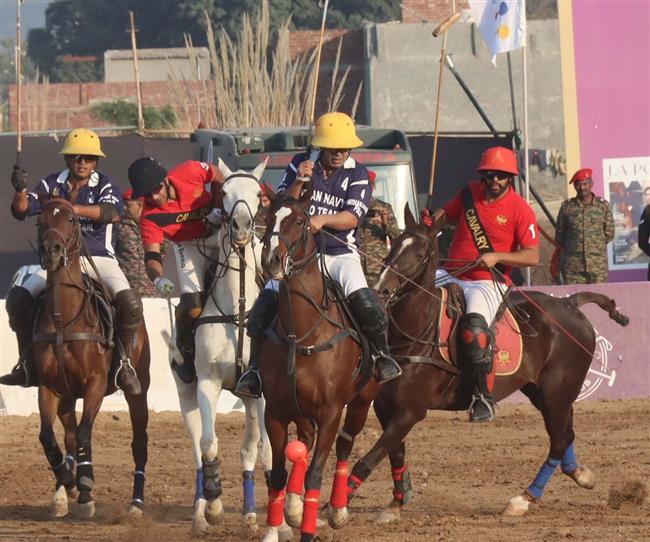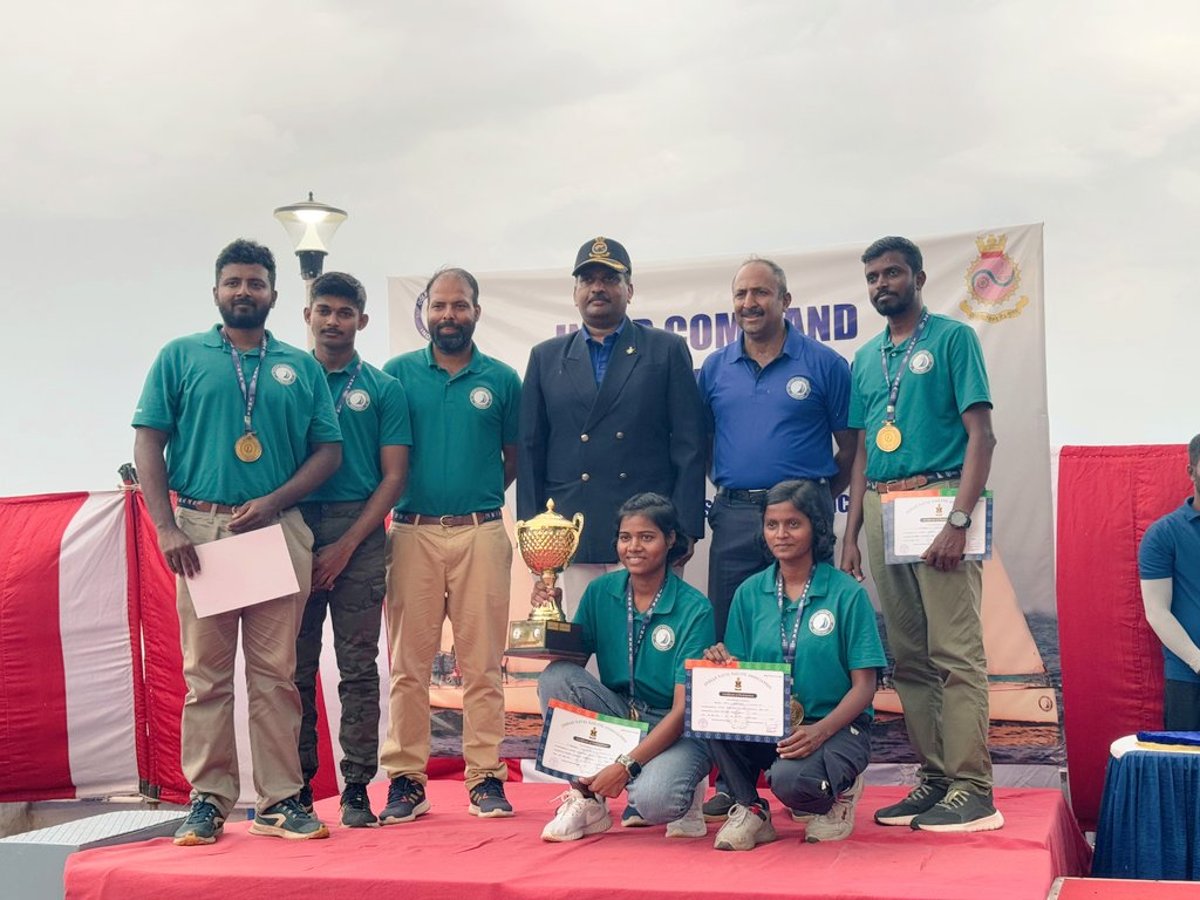Army Pays Tribute to Rifleman Jaswinder Singh Killed in Kashmir Duty
Srinagar witnessed a poignant moment on Saturday as the Indian Army paid heartfelt tribute to Rifleman Jaswinder Singh, who lost…
India’s Indigenous Nuclear Submarine Program on Track for 2036 First Induction, Amid Delays in Third Leased Submarine
The Indian Navy is set for significant advancements in its submarine capabilities as plans for the indigenous development of nuclear…
India Secures Release of Eight Former Navy Personnel Detained in Qatar on Espionage Charges
In a significant diplomatic achievement for India, eight former Indian Navy personnel who faced espionage charges in Qatar were released…
Army Flag Day Celebrated with Reverence at Maratha Light Infantry Regimental Centre
The Army Flag Day was observed with profound respect at the Maratha Light Infantry Regimental Centre in Belagavi, marking a…
61 Cavalry Clinches Victory at Maharaja Ranjit Singh National Polo Tournament in Chandigarh
Chandigarh Polo Club has marked a successful conclusion to the Maharaja Ranjit Singh National Polo Tournament, with 61 Cavalry emerging…
Southern Naval Command Celebrates First Victory in 2024 Inter-Command Ocean Sailing Race
Kochi has emerged as the backdrop for a remarkable achievement as the Southern Naval Command (SNC) has secured its first…






